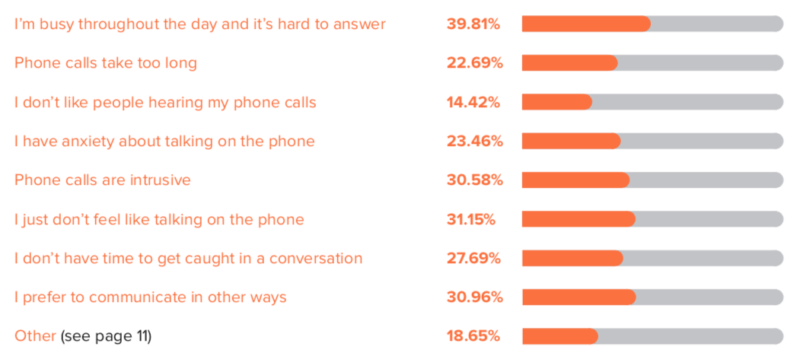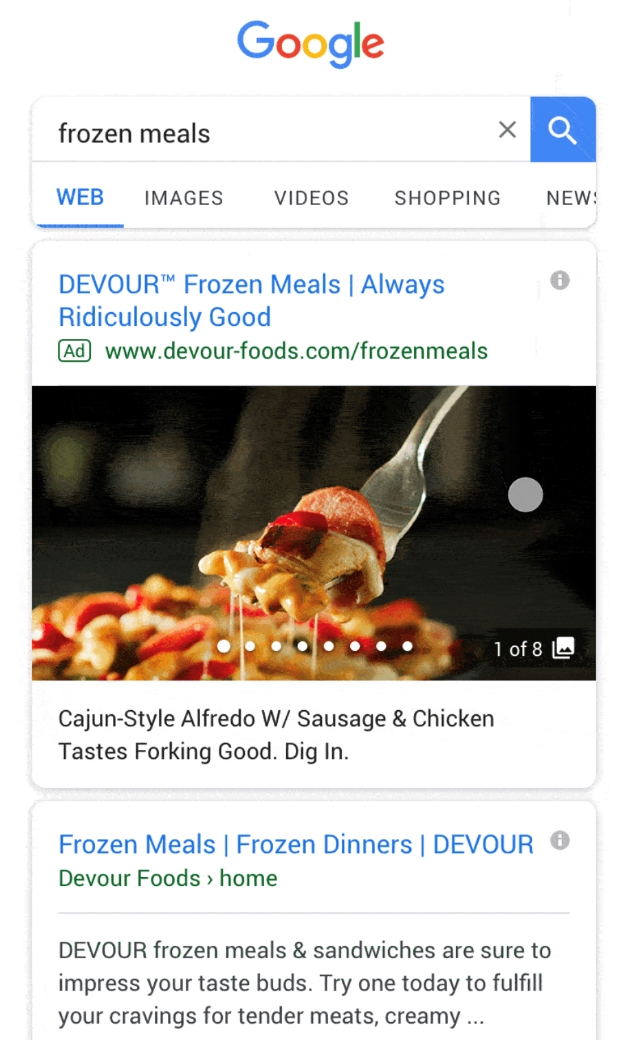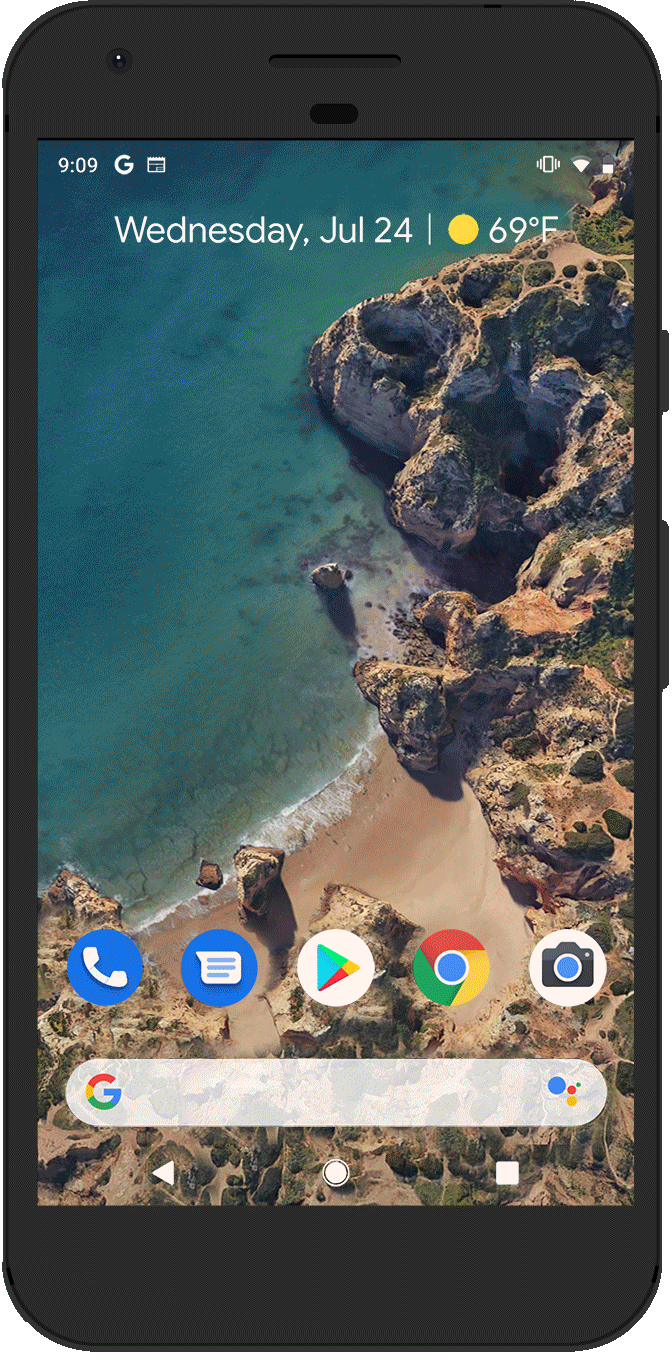If your brand has a LinkedIn page, you are undoubtedly trying to amass followers to grow your company’s profile and expand your reach.
Now, you can learn from the best. LinkedIn revealed the top 10 most followed pages across the platform this week, along with some added insight into why these pages have been so popular.
The Top 10
- TED Conferences (12.5M followers): Few pages so completely sum up LinkedIn’s audience like TED Conferences, where business leaders share insight, motivation, and inspiration to other professionals. Specifically, the page consistently shares a mix of videos, articles, and images all aimed at business professionals.
- Google (12.1M followers): While Google’s name recognition can’t be ignored, the brand keeps users engaged with its page through steady new content centered on themes of corporate social responsibility, innovation, and by prioritizing the real people behind the scenes at the company.
- Amazon (8.6M followers): This shopping giant places a heavy emphasis on its employees, including frequent videos and articles highlighting the stories of their workers. In this vein, the company also shares inside looks at its company events, and even offers professional advice like job interview tips.
- LinkedIn (8.2M followers): Unsurprisingly, the platform’s own page is high in the rankings. Still, the page strives to keep users interacting with their company page through regular content aimed at a wide audience of business professionals, employers, and job-hunters.
- Microsoft (7.8M followers): Microsoft doesn’t just use its page to publish branded content about its latest events and products. It also helps share outside content from other business leaders, and promote content created by its employees.
- IBM (6.4M followers): IBM takes an appropriately tech-focused angle, but with a distinctly personal edge. The company promotes diversity and inclusion by promoting employees in the news, as well as highlighting its latest innovations in AI, cloud computing, and blockchain.
- Unilever (6.2M followers): Curious how this relatively low-profile consumer goods company has gotten this high on the list? Just scroll through their page. You’ll find tons of high-quality, concise content including short videos with clear messages that can be understood even without audio.
- Nestlé (6.0M followers): While Nestlé does create and share content aimed at a wide-swath of business professionals, the main locus of its LinkedIn page is driven by recruiting and hiring workers interested in pioneering the “future of food.”
- Accenture (4.4M followers): This multinational marketing firm has grown a massive audience through a steady feed of high-quality content including short videos and business-centric podcasts.
- Facebook (4.4M followers): Similar to Nestlé’s page, Facebook uses its presence on LinkedIn to drive recruitment with content focused on career development and professional opportunity.
What You Can Learn
While these pages cover a wide range of industries and content strategies, there are a few clear commonalities across the most followed pages on LinkedIn:
- All of these pages create and share original video content.
- They also use a significant amount of their content to highlight socially responsible initiatives and company values.
- Many of these pages put the spotlight on their own employees and their unique stories or talents.
If you’ve been trying to grow your follower count on LinkedIn, you can definitely take a few pointers from these leaders on the platform.






